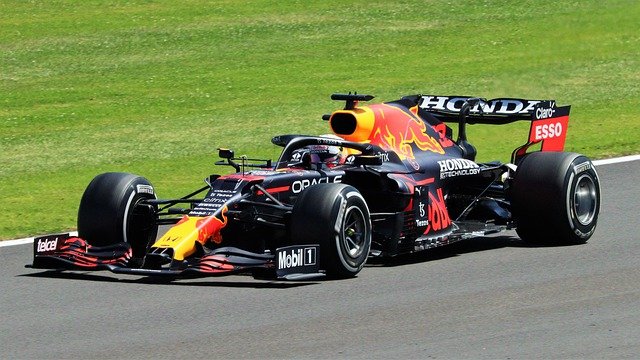The driving position is among the key elements in reaching the full potential of your driving performance. For some, their preferred driving position is having their arms stretched out with no bend at all. Then again, there are those who are so close to the steering wheel. While to these people, they may consider it as the most comfortable driving position, these are actually not encouraged.

Safety First
Above everything else, there is a concern about safety. In both positions, the driver doesn’t get enough leverage or movement needed in their arms to make emergency driving corrections. As for a professional F1 driver, their steering wheel and seat are set to a fixed position. This is done so by that, whenever they get in their cars, their position is already optimized to help them achieve the best performance.
In fact, some race car drivers are even going to Central Texas Spine Institute to improve their posture and get out the most of their already optimized driving position.
The Ideal Driving Position
Many are wondering if there ever is an ideal driving position. There’s none but something so close to it that provides less fatigue, bracing, good control and leverage of the car regardless of the driving condition. Truth is, if you attend to a professional sports car event, you’ll notice that majority follows similar setup.
Using the Same Setup
To replicate this, adjust your seat to the lowest possible position but would still allow you to get a great view of the road. This improves the center of gravity for the car which provides better handling and performance. Aside from that, the racer’s body is a bit closer to the pitch, roll axis and yaw of the vehicle. This would give the driver a better feel of what the car does during changes in direction or speed.
You should tuck firmly your derrière into the seat back. This lets you get the most feedback from the chassis. You’d get a better feel as well on what the car’s rear end is doing to the body if you are anchored firmly to the seat.